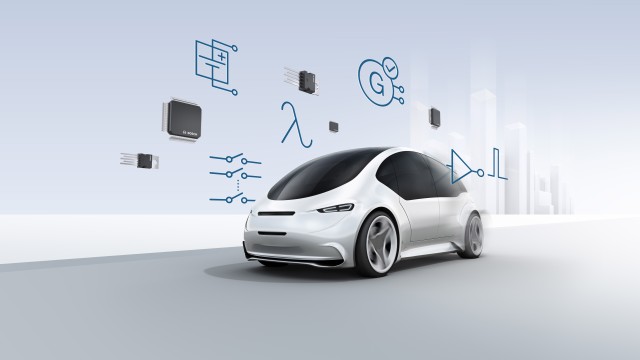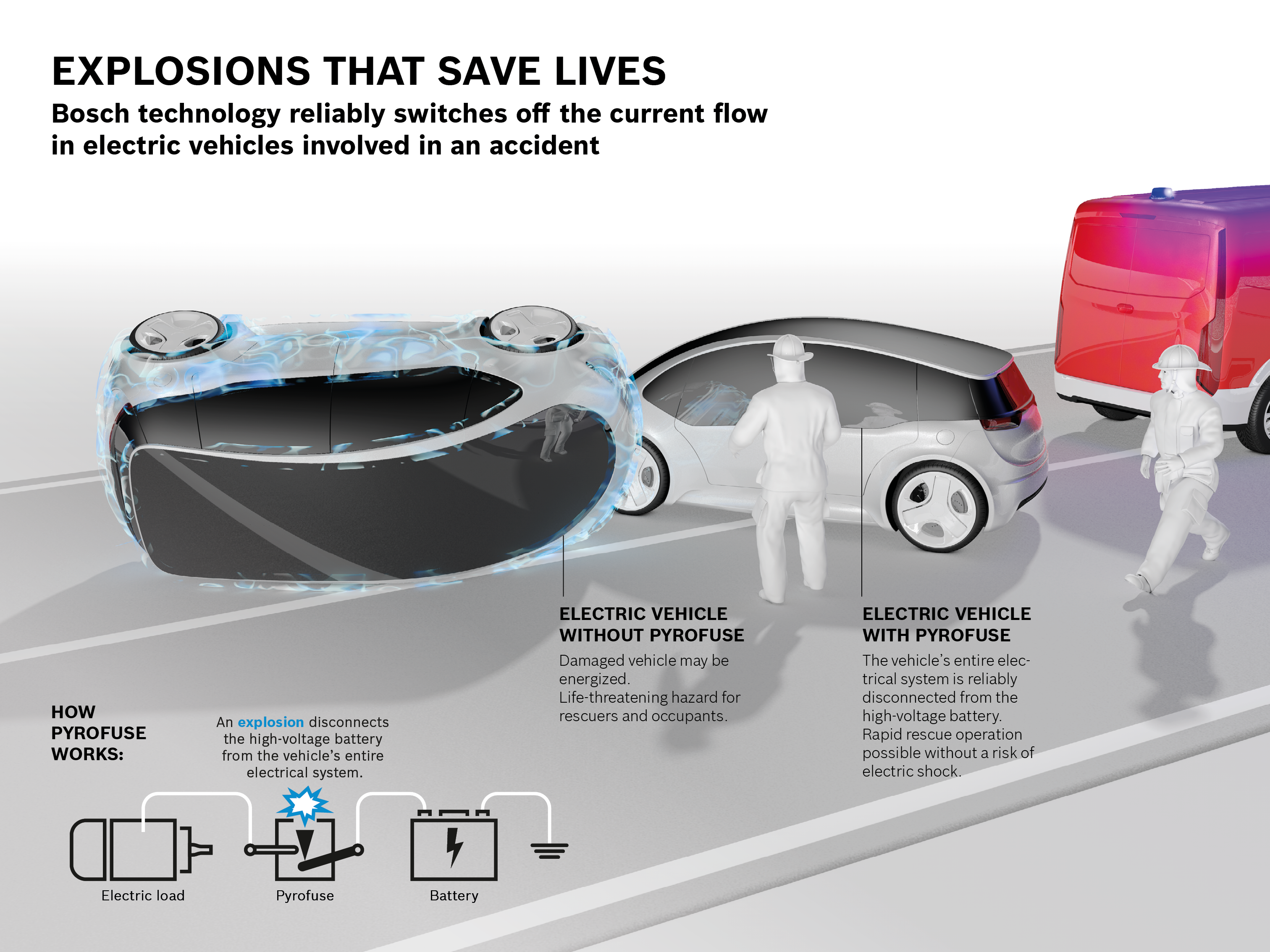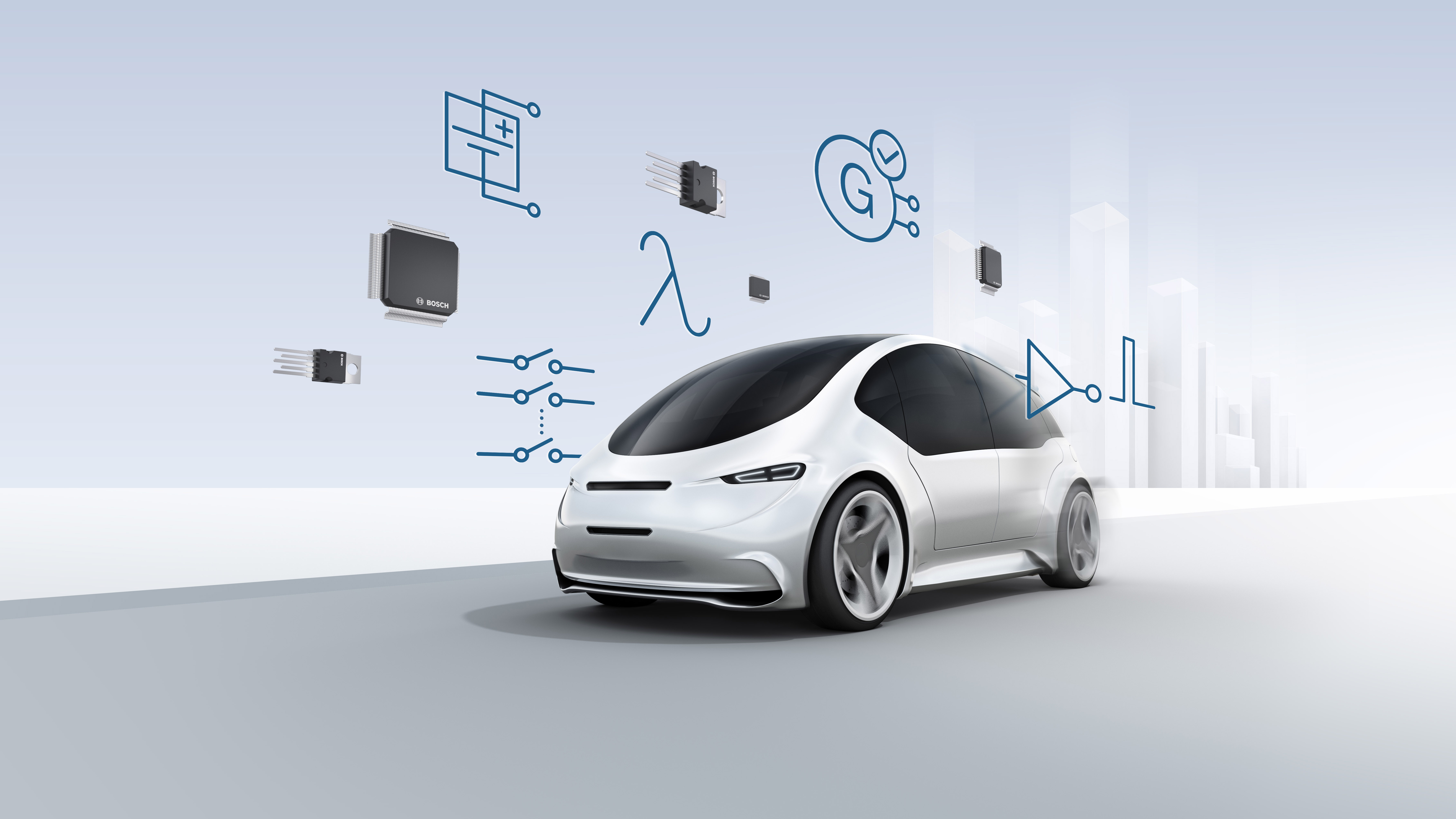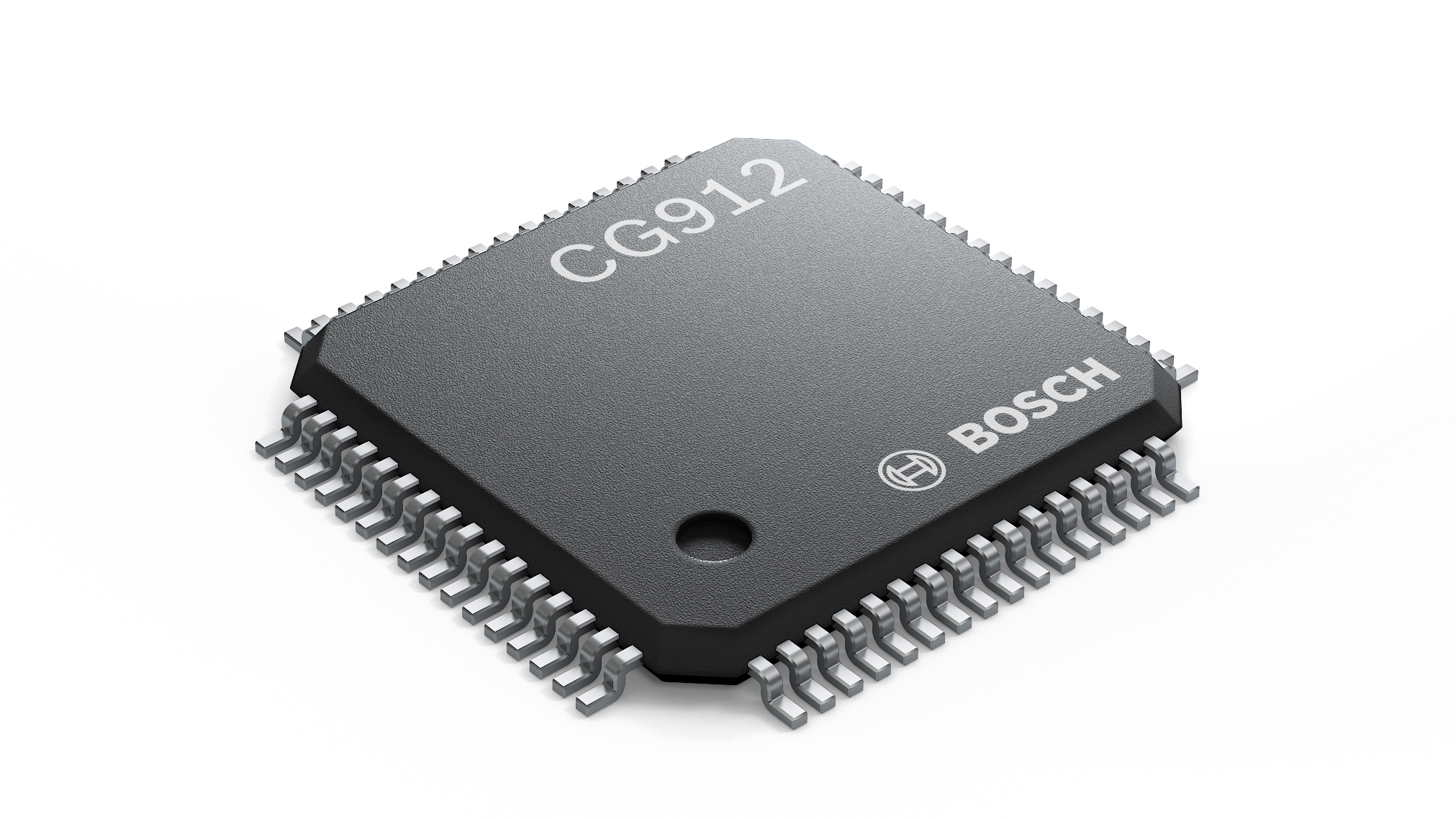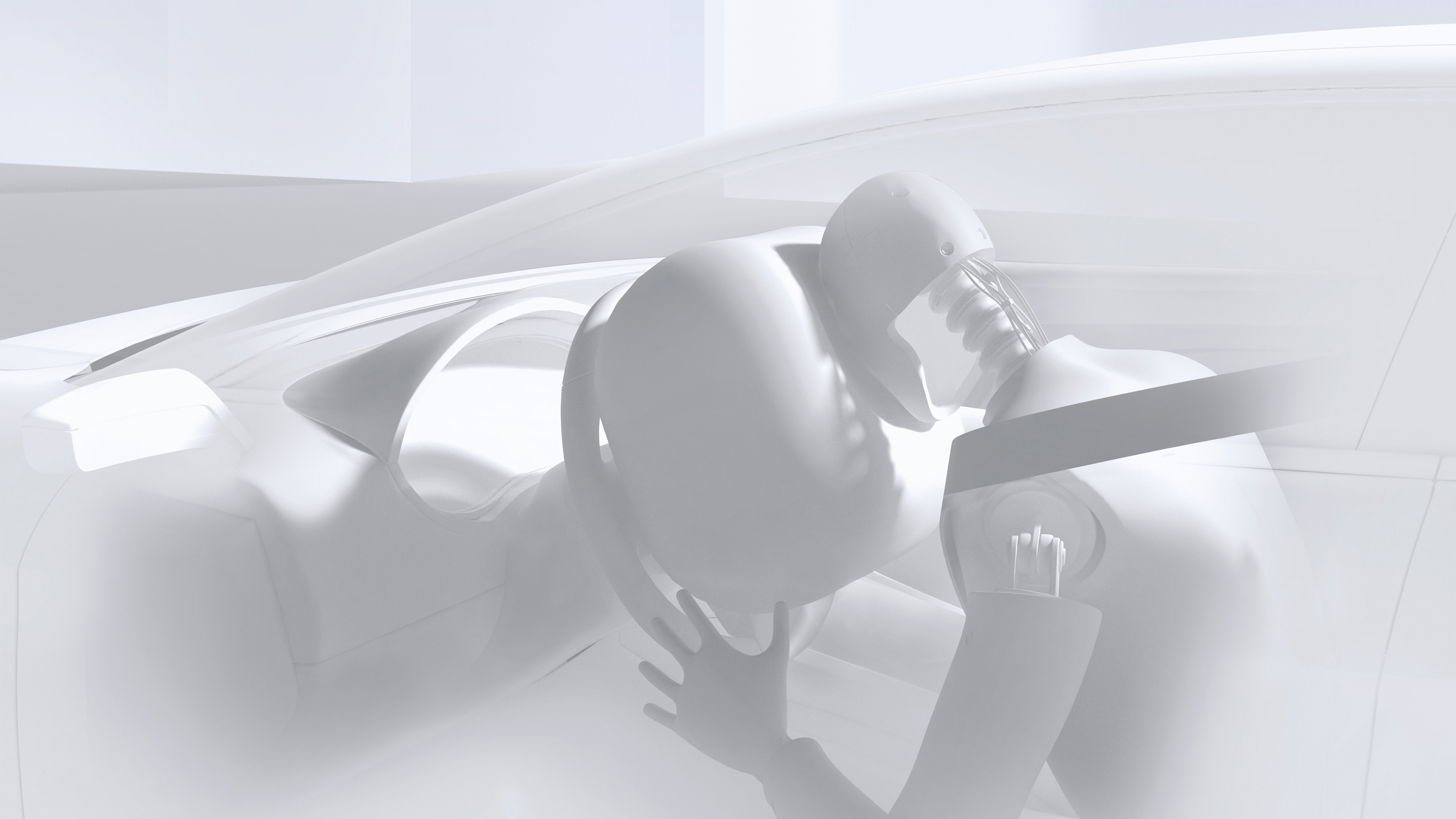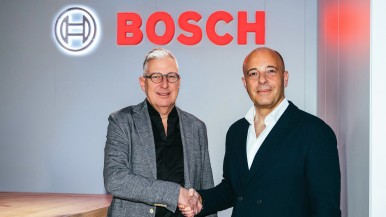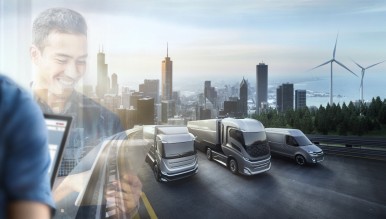Reutlingen, Germany. With more and more electric cars on the road, many drivers are increasingly uncertain what they should do or not do in the event of a collision. Electric motors also present rescue crews with new challenges. In fact, like any other vehicle, electric vehicles are equipped with safety features for such events. For example, Bosch semiconductors help prevent the risk of electric shock after an accident. Specially designed microchips deactivate the vehicle’s power circuits in a fraction of a second. This enables rescue crews to set to work immediately and ensures that first responders and the vehicle’s occupants remain safe. “Our semiconductor technology plays a vital role in the safety of hybrid and electric vehicles,” says Jens Fabrowsky, member of the executive management of Bosch’s Automotive Electronics division. Bosch supplies vehicle manufacturers with semiconductor chips for incorporation in special systems that safely disconnect the battery in the event of a collision. “Faced with the growing number of electric vehicles that could potentially be involved in collisions, such systems are absolutely essential if we are to fulfill our mission of helping and rescuing victims of road accidents as rapidly and safely as possible,” adds Karl-Heinz Knorr, vice-president of the German firefighters association (DFV).
Mobility is the largest Bosch Group business sector. According to preliminary figures, it generated sales of 56.3 billion euros in 2023, and thus contributed almost 60 percent of total sales. This makes the Bosch Group one of the leading automotive suppliers. The Mobility business sector pursues a vision of mobility that is safe, sustainable, and exciting. For its customers, the outcome is integrated mobility solutions. The business sector’s main areas of activity are injection technology and powertrain peripherals for internal-combustion engines, diverse solutions for powertrain electrification, vehicle safety systems, driver-assistance and automated functions, technology for user-friendly infotainment as well as vehicle-to-vehicle and vehicle-to-infrastructure communication, repair-shop concepts, and technology and services for the automotive aftermarket. Bosch is synonymous with important automotive innovations, such as electronic engine management, the ESP anti-skid system, and common-rail diesel technology.
The Bosch Group is a leading global supplier of technology and services. It employs roughly 429,000 associates worldwide (as of December 31, 2023). The company generated sales of 91.6 billion euros in 2023. Its operations are divided into four business sectors: Mobility, Industrial Technology, Consumer Goods, and Energy and Building Technology. With its business activities, the company aims to use technology to help shape universal trends such as automation, electrification, digitalization, connectivity, and an orientation to sustainability. In this context, Bosch’s broad diversification across regions and industries strengthens its innovativeness and robustness. Bosch uses its proven expertise in sensor technology, software, and services to offer customers cross-domain solutions from a single source. It also applies its expertise in connectivity and artificial intelligence in order to develop and manufacture user-friendly, sustainable products. With technology that is “Invented for life,” Bosch wants to help improve quality of life and conserve natural resources. The Bosch Group comprises Robert Bosch GmbH and its roughly 470 subsidiary and regional companies in over 60 countries. Including sales and service partners, Bosch’s global manufacturing, engineering, and sales network covers nearly every country in the world. Bosch’s innovative strength is key to the company’s further development. At 136 locations across the globe, Bosch employs some 90,000 associates in research and development, of which nearly 48,000 are software engineers.
Additional information is available online at www.bosch.com, www.iot.bosch.com, www.bosch-press.com.

